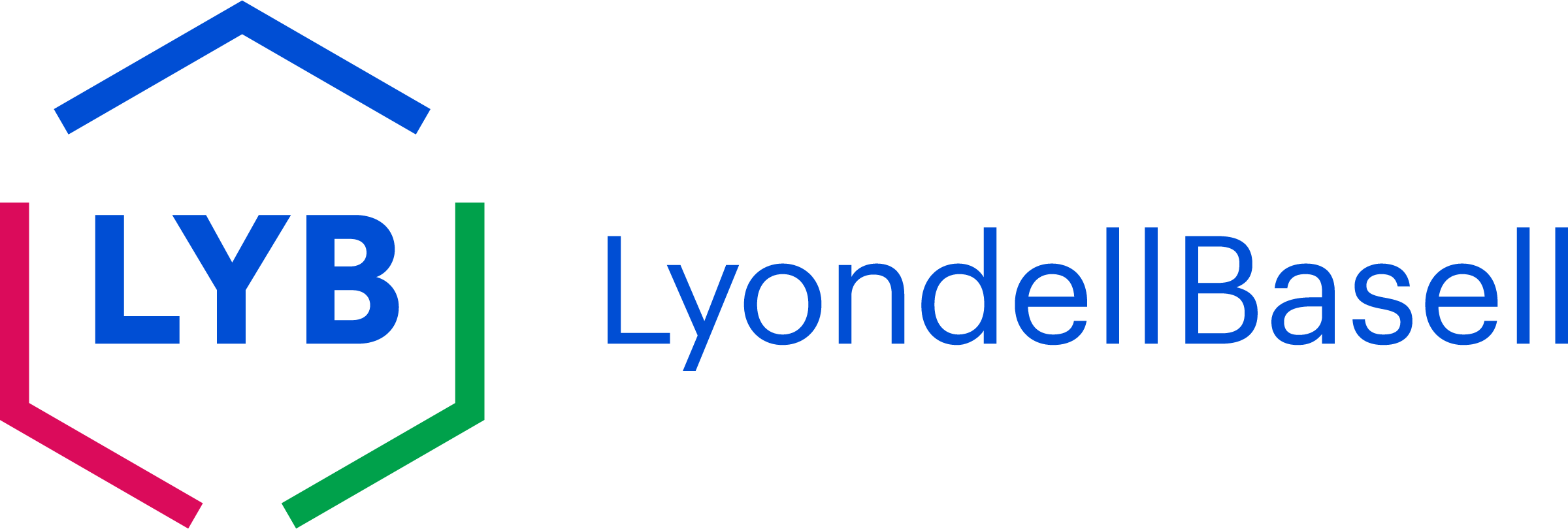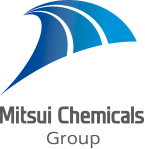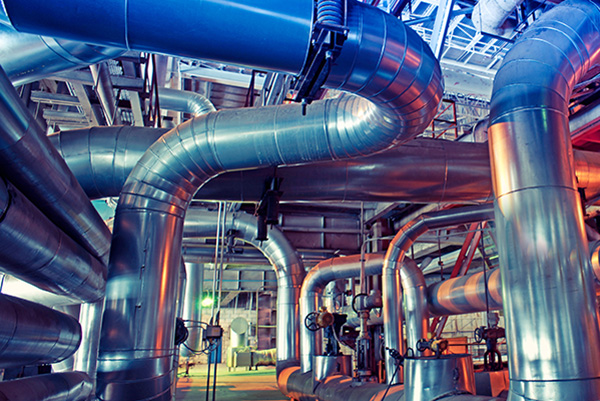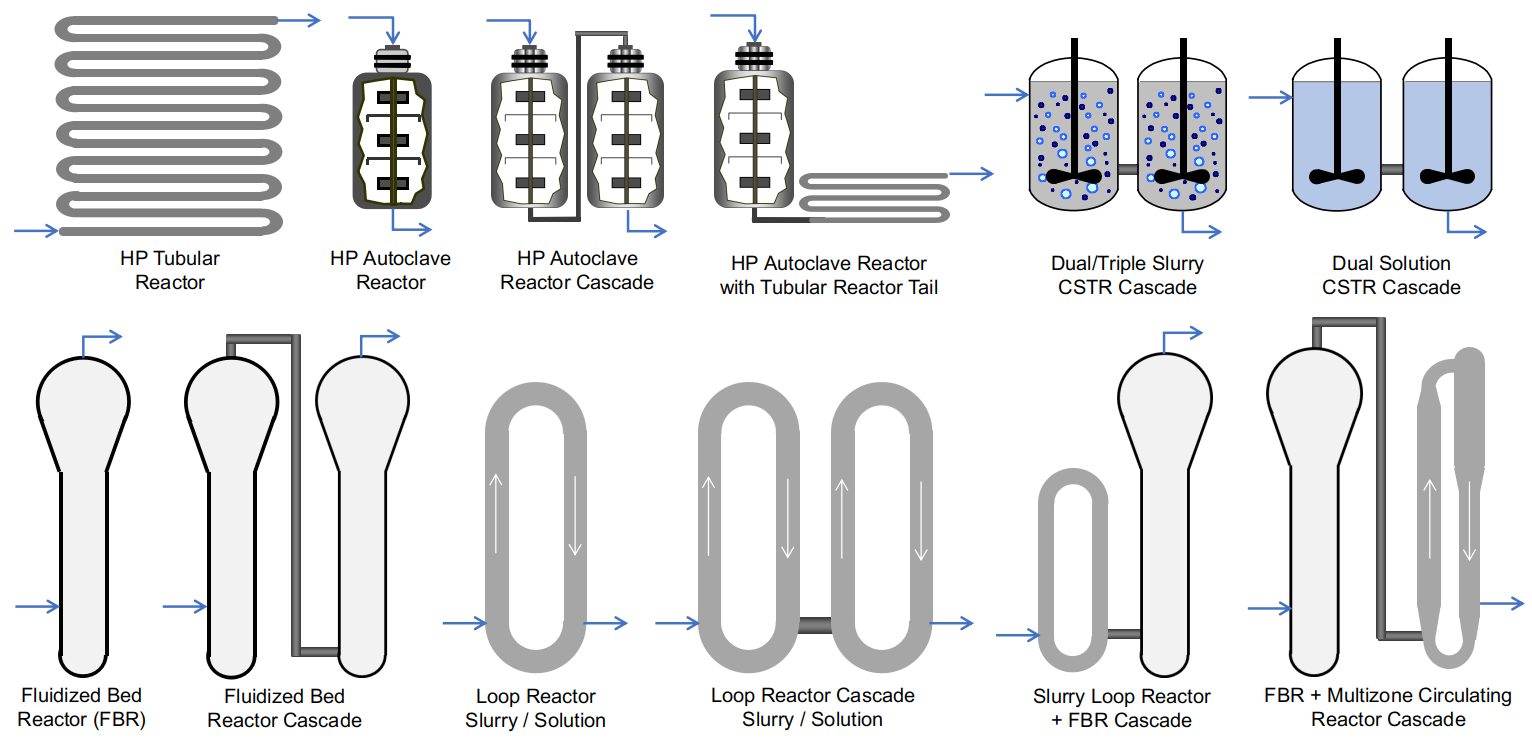Technology Type
- Type
- Stirred Tank Reactor Slurry Polymerization of Ethylene
- Process
- Polyethylene processes
-

- #TT26
Description
Your insights will be shown here
No entries
| Title | Date |
|---|
Image
| Technology | Owner | Entity |
|---|---|---|

|
LyondellBasell NV | |

|
LyondellBasell NV | |

|
Mitsui Chemicals |
Content provided by
| Transaction | Name | Date |
|---|---|---|
| Modified by |
|
7/24/2024 7:13 AM |
| Added | 11/14/2021 3:48 PM |








